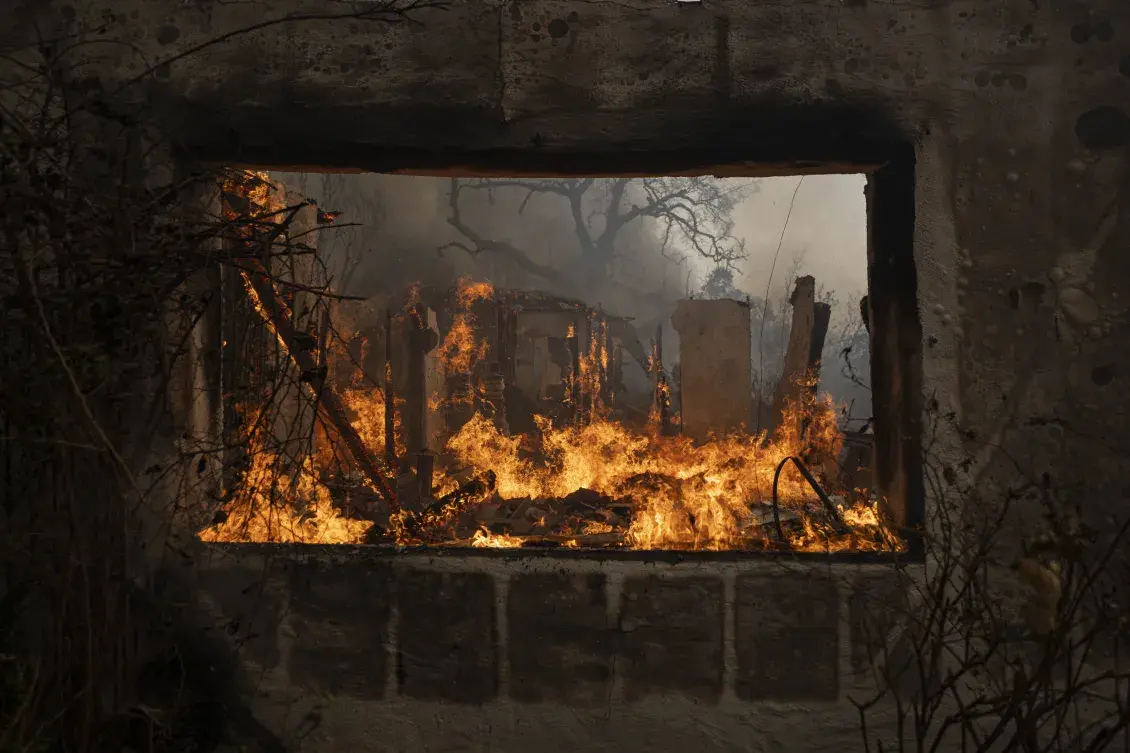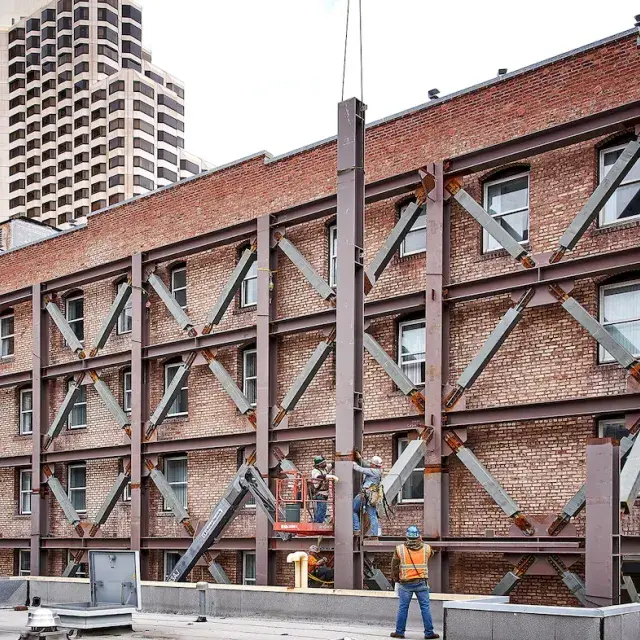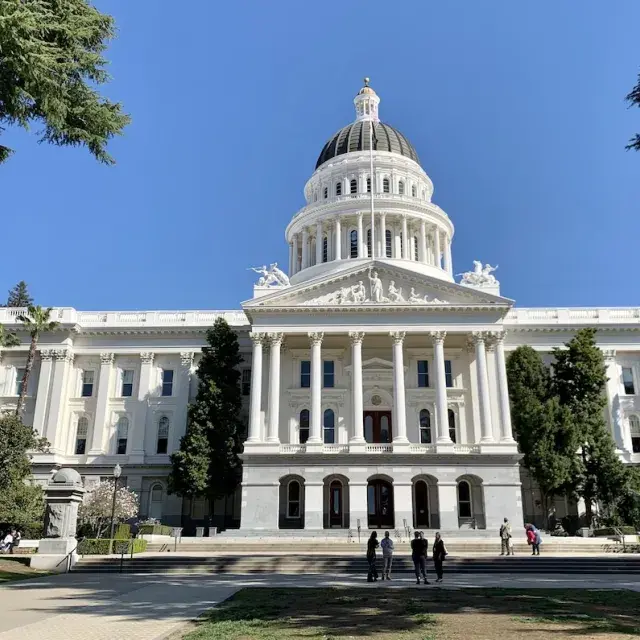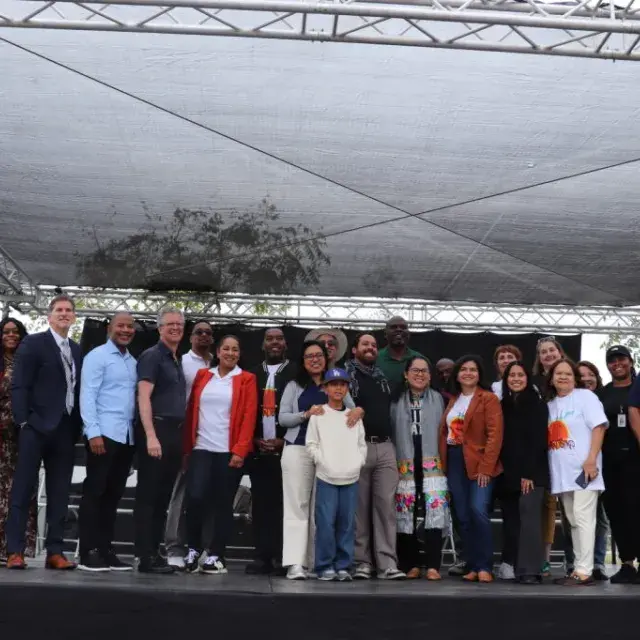The recent wildfires in L.A.’s Altadena and the Pacific Palisades neighborhoods have once again underscored the growing dangers posed by climate-related disasters. The fires, which ignited on January 7, rapidly spread due to a powerful windstorm and dry conditions, forcing thousands of residents to evacuate their homes. Officials confirmed a combined 29 fatalities. More than 16,000 structures were destroyed and 37,000 acres burned, making these some of the most devastating wildfires in Los Angeles County’s history.
These fires are not isolated incidents, but rather part of a worsening pattern. Climate change is fueling longer, more intense wildfire seasons, with rising temperatures, prolonged droughts, and high winds creating the ideal conditions for destruction.
Without urgent action to curb emissions and invest in resilience, communities across California and beyond will continue to face the compounding risks of climate-fueled disasters, while costs — both environmental and economic — will only continue to grow.
Despite the devastation, the fires present an opportunity for decision-makers to enact policies that ensure communities are rebuilt to better withstand future wildfires and other disasters.
The Rising Toll of Wildfires
Scientists have long warned that without aggressive action to reduce emissions and adapt communities to a hotter, drier climate, wildfires will only become more frequent and severe.
Both fires ignited under these worsening conditions, but their impacts have played out differently across communities. The Pacific Palisades neighborhood, home to some of Los Angeles’ more affluent residents, has seen widespread destruction of multimillion-dollar homes, with many able to rely on insurance and personal resources to rebuild. In Altadena, where a higher proportion of Black and Latino homeowners is cost-burdened than in other parts of the county, the path to recovery will be far more difficult. Renters and lower-income homeowners face greater risk of displacement, and as insurance costs rise—and insurers withdraw from fire-prone areas—entire communities are becoming increasingly uninsurable.
These fires underscore a painful truth: climate change isn’t just making wildfires worse—it is deepening existing housing and economic inequities.
A Path Forward
As the effects of climate-related disasters grow more severe, we must integrate climate resilience into long-term planning. To protect communities, we need bold, proactive solutions:
- Invest in wildfire-resilient infrastructure. Strengthening building codes and retrofitting affordable housing with fire-resistant materials can significantly reduce wildfire damage.
- Prioritize resilience in affordable housing funding. Wildfire preparedness must be built into state and federal programs, ensuring that developments include fire-safe retrofits, energy storage systems, and microgrids for power stability during disasters. Initiatives like the Footprint Project, which mobilizes cleaner energy infrastructure to disaster-affected communities, should be expanded to help communities rebuild in a more sustainable and climate-resilient manner.
- Address the climate-driven insurance crisis. Rising premiums and insurer pullouts are leaving entire communities unprotected. The California Department of Insurance’s recent regulation, announced in December 2024, aims to stabilize the market and increase coverage availability in high-risk areas. But more action is needed to create long-term insurance solutions that prevent displacement and protect vulnerable homeowners and renters.
A Call to Action
The L.A. wildfires highlight the need for more resilient housing. Resilient building standards can provide a framework to guide housing developers in creating safer, more durable homes. Decision-makers can help to create safer communities by requiring or incentivizing developers to meet wildfire resilient building standards as they rebuild.
Developers committed to rebuilding stronger, resilient communities can take advantage of a breadth of existing resources from Enterprise and our partners. Enterprise’s Green Communities is the nation’s only green building program created with and for the affordable housing sector. With over 187,000 certified units nationwide and adoption by 32 states, Washington D.C., and major cities like New York, it sets the standard for resilient, climate-conscious housing.
In addition to our industry-leading standards, Enterprise provides grants and technical assistance to advance high-quality affordable housing development. Organizations like the Insurance Institute for Business & Home Safety (IBHS) also provide reports on the latest wildfire research and strategies for resilient building such as the FORTIFIED Home building standards—critical tools in strengthening our built environment against future disasters.
Wildfires will continue to test California’s emergency response, housing policies, and climate resilience. California can lead in wildfire preparedness, but that requires commitment at every level—from policymakers to housing providers. While the fires that devastated the region in January won’t be the last, the steps we take now will shape our ability to withstand the next.
Read part one in the Building Back in LA series: Prioritizing Wildfire Resilience for Affordable Housing.



